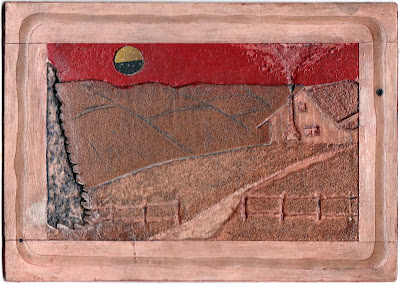This is one of the projects I have chosen to do from a list of about 14, we had two mandatory units which were Project One: Design and Project 2: Sampling. Project one had already been handed in to be marked which is why Project 2 comes before it on this blog. Project One has know been marked which I have received a Distinction; Project 2 has been handed in but not yet marked. Now the reason I have picked the full length figure drawing is because I have never had an opportunity to do any Life Drawing so as it was on offer I thought it would be daft if I didn't give it a go.
Research: We had to document the work of three designer makers, I made a long list of contemporary artist that did figure drawing and I looked into
Bill Buchman,
Fernando Botero and also
Francine Van Hove. Bill Buchman is my favourite out of the three, Bill also has a
dvd and
books out which I purchased the book from Amazon and found it very motivating. Research also went into how to measure the proportions correctly and how to draw the human figure to a
7½ head figure.






























